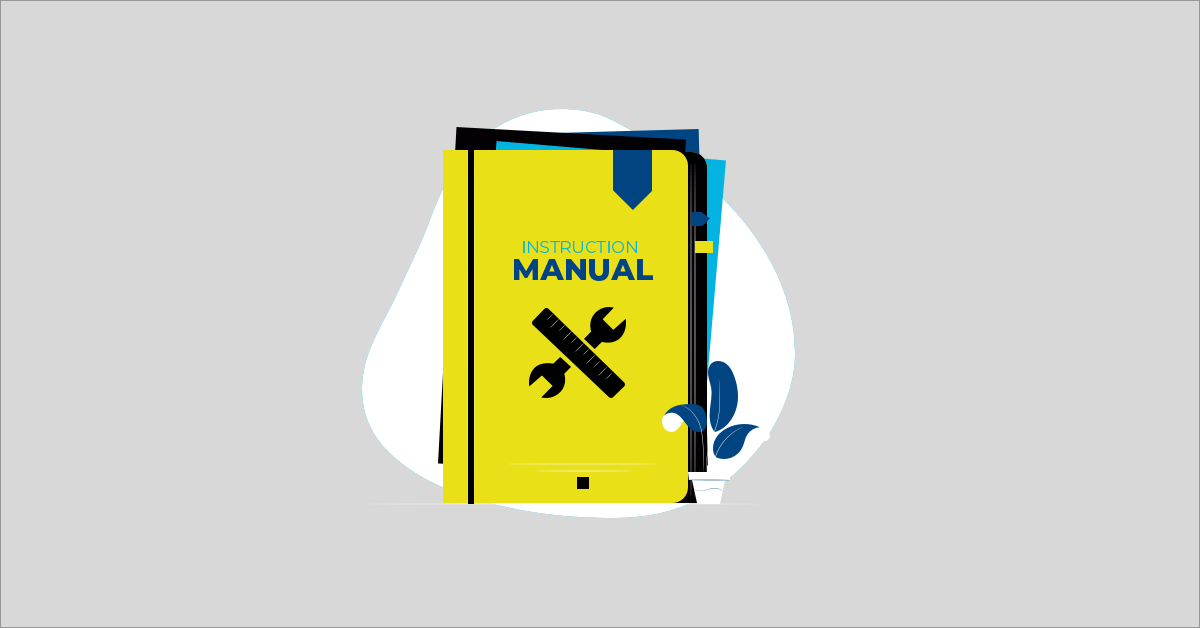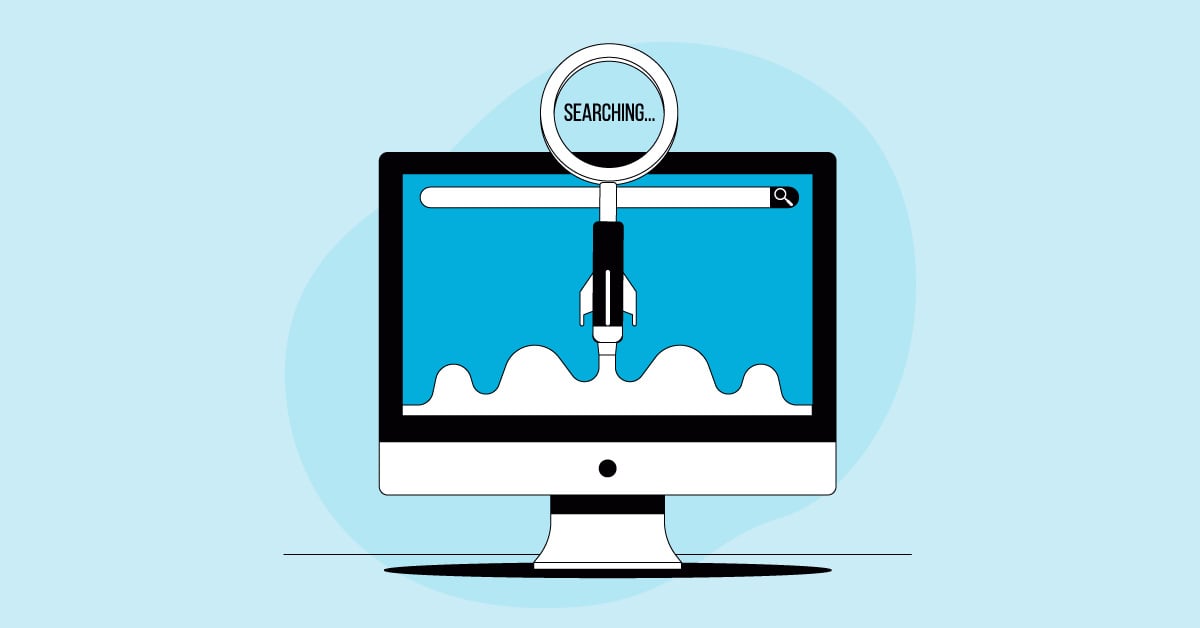Testing unreleased software products can be a challenging task for any development team. These products are unique in that they have not yet been released to the public and therefore have not undergone real-world testing. In this article, we will outline some of the key challenges that teams may face when testing unreleased products and provide strategies for overcoming them.
Among the many burgeoning startups in multiple sectors, fintech companies have recently sparked my interest, mainly due to the whimsical nature of their products and their dependencies. For example, if a fintech company is using statistical arbitrage algorithms for its equity trading, gathering real-world data is a daunting task as it comes with a significant cost.
Objectives
While testing such products, there are 3 main objectives in this process:
- To verify that the algorithm meets all functional and non-functional requirements.
- To identify and fix any bugs or issues before the release.
- To ensure the product is secure and free from vulnerabilities.
Types of Testing
It is essential to start by developing a test strategy to determine what to test. Developing a test strategy for an unreleased product is a critical process that involves careful planning and execution to ensure that the product meets the desired quality and reliability standards. A high-level test strategy consists of the following approaches depending on which phase of product delivery you’re in:
- Functional testing: to verify that the product functions as intended and meets all functional requirements.
- Performance testing: to ensure the product can handle the expected workload and stress in real-world scenarios.
- Alpha testing: testing conducted by internal employees or a small group of beta testers.
- Beta testing: testing conducted by a larger group of external users.
- User acceptance testing (UAT): testing conducted by the end-users to ensure the product meets their needs.
- Security testing: testing to identify vulnerabilities and ensure the product is secure.
Leveraging automation to support the above types of testing can enhance the quality team’s efforts and help scale the team.
Testing Challenges
The main challenge of testing unreleased software products is the lack of real-world data. With a product that has not yet been released, for example – a fintech product based on statistical arbitrage algorithms, there is no way to know how it will perform in the field or how users will interact with it. This can make it challenging to identify and fix bugs or issues that may arise once the product is released. To overcome this challenge, teams can use simulated testing environments that mimic real-world scenarios as closely as possible. This can include using real-world test data and simulating the conditions and environments that the product will encounter in the field.
Statistical arbitrage algorithms rely on the accuracy and reliability of market data, so any errors or biases in the data can significantly impact the results of the algorithm. Another challenge is with model selection, wherein the success of these algorithms depends on the choice of the mathematical models and statistical techniques used, so it is essential to carefully select and validate these models.
- Backtesting, which involves testing algorithms on historical data, can be limited by the fact that past market conditions may not be representative of future market conditions.
- Market dynamics: Statistical arbitrage algorithms are designed to exploit price discrepancies between related financial instruments; however, the markets can change rapidly and unpredictably, making it difficult to anticipate and respond to these changes.
- Complexity: Statistical arbitrage algorithms can be highly complex and involve multiple stages, such as data collection, preprocessing, modeling, and execution, each of which can introduce potential errors and limitations.
Test Deliverables
- Test plan: outlining the objectives, test types, and schedule for testing.
- Test cases: outlining the steps and expected results for each test.
- Test results: detailing each test’s results and any identified issues.
- Bug reports: outlining any bugs or issues that were identified during testing and their status (fixed, in progress, etc.)
If you’re in a leadership role and are responsible for building out a team, then you have additional responsibilities to determine headcount. Along with planning for resources, a roadmap is required to get your headcount approved by your upper management.
For Managers: Team Headcount
Determining the size of a QA (Quality Assurance) team can be a complex and challenging task, as it depends on a variety of factors, including the size of the development team, the complexity of the product being developed, the development methodology being used, the company’s budget, and the target launch date. Below are some of the critical factors to consider when determining the size of a QA team:
- Development Team Size: The size of the development team is one of the most important factors to consider when determining the size of the QA team. A general rule of thumb is that the QA team should be about 30% of the size of the development team. This ratio may vary depending on the complexity of the product being developed, the development methodology being used, and other factors.
- Product Complexity: The complexity of the product being developed is another important factor to consider when determining the size of the QA team. More complex products may require a larger QA team to ensure that all areas of the product are thoroughly tested.
- Development Methodology: The development methodology being used also plays a role in determining the size of the QA team. Agile methodologies, for example, require a more flexible and nimble QA team, whereas traditional Waterfall methodologies may require a larger QA team to cover all phases of testing.
- Company Budget: The company’s budget is another important factor to consider when determining the size of the QA team. The company may not be able to afford a large QA team, so it may need to be smaller or use other cost-saving measures such as outsourcing or automation.
- Target Launch Date: The target launch date is another important factor to consider when determining the size of the QA team. If the launch date is close, a larger QA team may be needed to ensure that the product is thoroughly tested and ready to launch on time.
Ultimately, determining the size of a QA team is a balancing act between the factors mentioned above. The goal is to ensure that the QA team is large enough to thoroughly test the product and find any defects but not so large that it becomes an unnecessary cost burden. It is essential to continually evaluate the QA team and make adjustments as needed throughout the development process to ensure that the product is of the highest quality.
For Managers: Developing a Team Roadmap
A roadmap is a plan that outlines the goals and objectives of the QA team, the steps that will be taken to achieve those goals and the timeline for achieving those goals. Here are the steps to determine a QA roadmap for an unreleased product:
- Define the goals of the QA team: The first step in determining a QA roadmap is to define the goals of the QA team. These goals should be aligned with the overall goals of the project and should reflect the priorities of the business. Some common goals for a QA team include reducing the number of defects in the product, improving the speed of testing, and improving the overall quality of the product.
- Assess the product requirements: The next step is to assess the product requirements. This involves evaluating the features that are included in the product and the target audience for the product. This information will be used to determine the testing that needs to be done and to create a roadmap for the QA team.
- Identify the testing challenges: Based on the product requirements, the QA team should identify the testing challenges. These challenges could include areas where the product is complex, areas where there is a lack of visibility into the product or areas where there is a risk of defects.
- Determine the best strategies for testing: Once the testing challenges have been identified, the QA team should determine the best strategies for testing. This may involve adopting new tools and technologies, improving processes, or increasing the use of automation.
- Create a timeline for testing: The next step is to create a timeline for testing. This timeline should outline the steps that will be taken to test the product and should include a timeline for each step. The timeline should also take into account any constraints, such as the availability of resources or the need to meet deadlines.
- Establish metrics to measure success: The final step in determining a QA roadmap is to establish metrics to measure success. These metrics should reflect the goals of the QA team and should be used to measure the progress of the team over time.
Testing is an essential part of bringing an unreleased product to market, and different strategies and challenges need to be considered in order to ensure the product is ready for launch.




%20(1).png?width=150&height=69&name=MuukTest-logo---light-background%20(3)%20(1).png)
